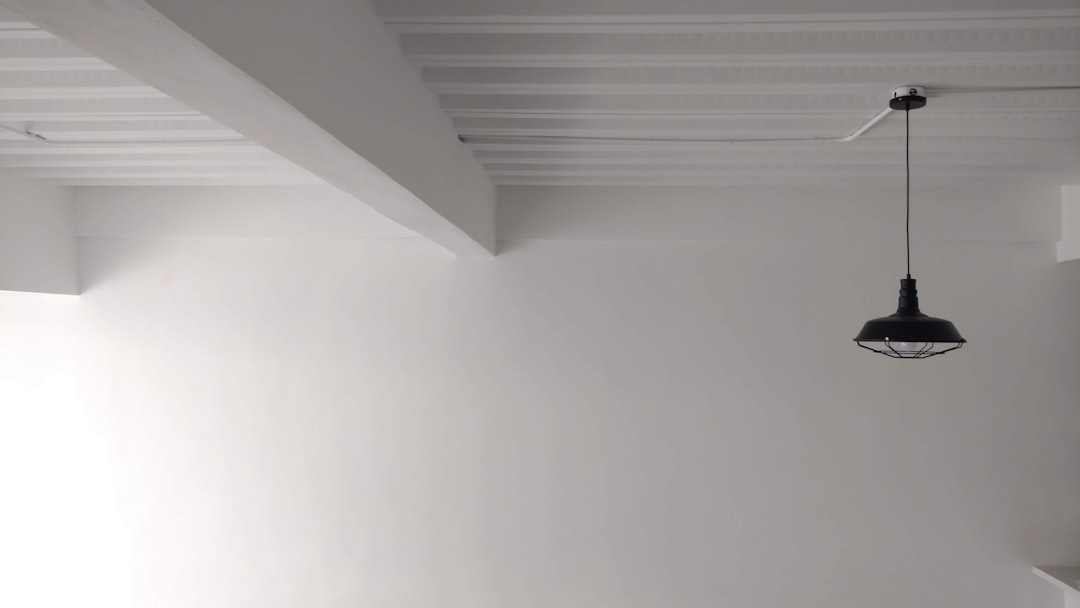Evaluating current clutter levels is key to achieving a clutter-free home. Identify items contributing to clutter, consider usage and emotional attachment, then discard unnecessary possessions through donation, sale or recycling. Focus on problem areas like entrances, coffee tables and shelves for systematic decluttering using targeted storage solutions. This approach ensures every item has its place, maintaining a peaceful and organized living space.
Looking for a clutter-free home but don’t know where to start? This guide is your roadmap to transforming your space. We break down the process into manageable steps, starting with assessing your current clutter levels: identifying problem areas, quantifying and qualifying items, and understanding your emotional attachment to them.
Next, we explore effective organization strategies, including categorizing belongings, popular decluttering techniques like the KonMari method and 30-day challenges, and designing storage solutions tailored to your needs.
Finally, learn how to maintain a clutter-free zone long-term through habit building, preventing accumulation, and embracing minimalism and intentional living.
Assess Your Current Clutter Levels
Assessing your current clutter levels is a crucial first step in any home organization and decluttering journey. Start by taking an honest look around your living spaces—from countertops to closets, from floors to shelves. Identify the types of items that are contributing to the clutter, whether it’s paperwork, clothing, kitchenware, or electronic devices. Understanding what needs to be organized is key to knowing where to begin and what strategies will work best for you.
Take time to evaluate each item in your home: do you use it regularly? Does it bring you joy? If not, consider options like donating, selling, or recycling. This process will help you let go of unnecessary possessions, making it easier to maintain a clutter-free zone moving forward.
– Identifying problem areas
Clutter buildup is often an insidious process, creeping into even the neatest homes. To achieve a clutter-free zone, start by identifying problem areas. Look around your living spaces and pinpoint locations where items tend to accumulate—entrances, coffee tables, nightstands, or even specific shelves. These are hotspots that demand immediate attention during your organization and decluttering process.
Once identified, these problem areas should be tackled systematically. Begin with sorting through the items in each zone, discarding what you no longer need or use. For kept items, find appropriate storage solutions—basket for remote controls, bins for paperwork, or hooks for coats—to ensure everything has a designated place and stays organized.
– Quantifying and qualifying clutter
Clutter is a pervasive issue in many homes, but understanding its extent is the first step towards achieving a clutter-free zone. Home Organization and Decluttering begins with quantifying the disorder—a process that involves assessing every item in your space and categorizing it as essential or superfluous. This may seem daunting, but a simple rule of thumb is to ask if an item sparks joy or serves a purpose; if not, it might be time to let go.
Qualitatively, clutter can manifest in various forms, from piles of papers on countertops to excess belongings crowding storage spaces. Recognizing these patterns and their impact on your daily life is crucial. By qualifying clutter, you can identify problem areas and make informed decisions about what stays and what goes, setting the stage for a more organized and serene living environment.
By thoroughly assessing your home’s current state of clutter and employing strategic methods to quantify and qualify it, you can begin to envision a more organized future. Home organization and decluttering are transformative processes that require dedication and mindfulness but offer immense benefits in terms of reduced stress, improved living spaces, and a greater sense of calm. Embrace the journey towards a clutter-free zone and watch as your home becomes a sanctuary of order and tranquility.
